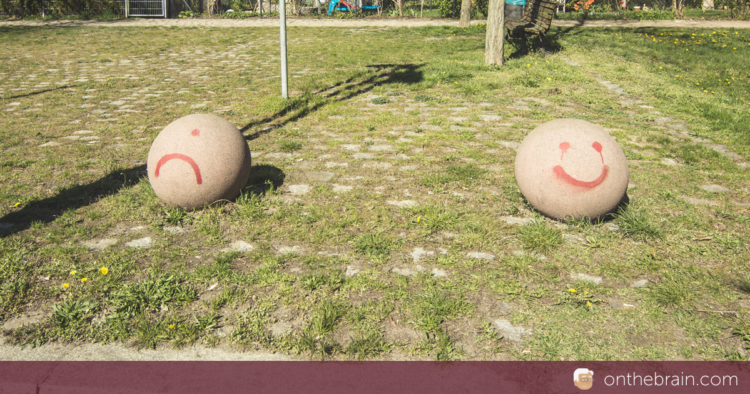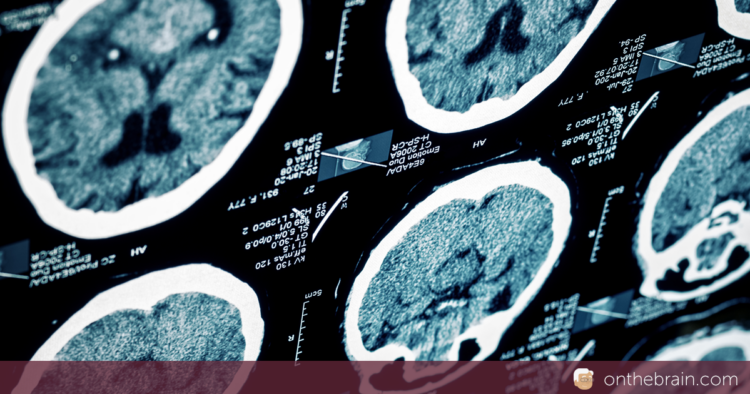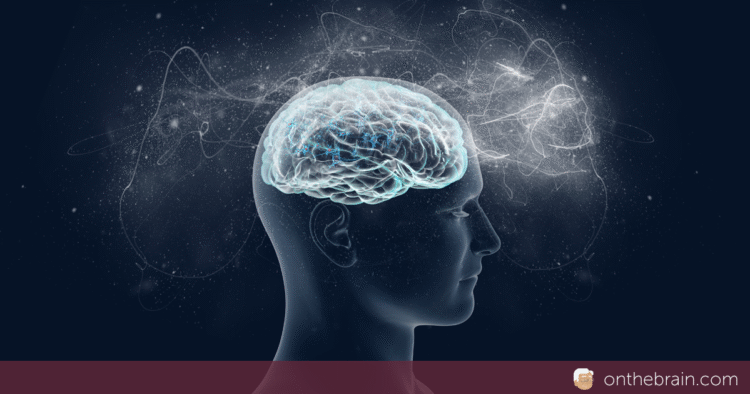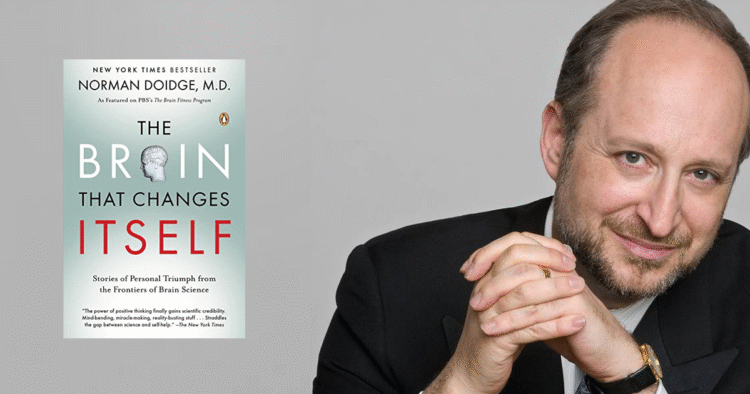“What’s Normal?” The diagnosis of bipolar disorder in children is on the rise
In an article in an issue of the New Yorker, Jerome Groopman writes lucidly about the explosion in the diagnosis of bipolar disorder in children. Reading it made me thank my lucky stars once again that I am not a child neurologist or child psychologist or child psychiatrist who actually has to address the problems…
